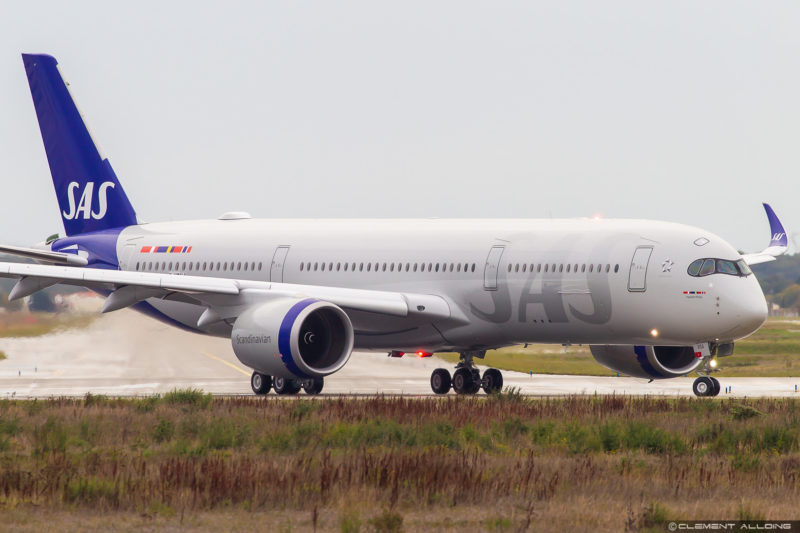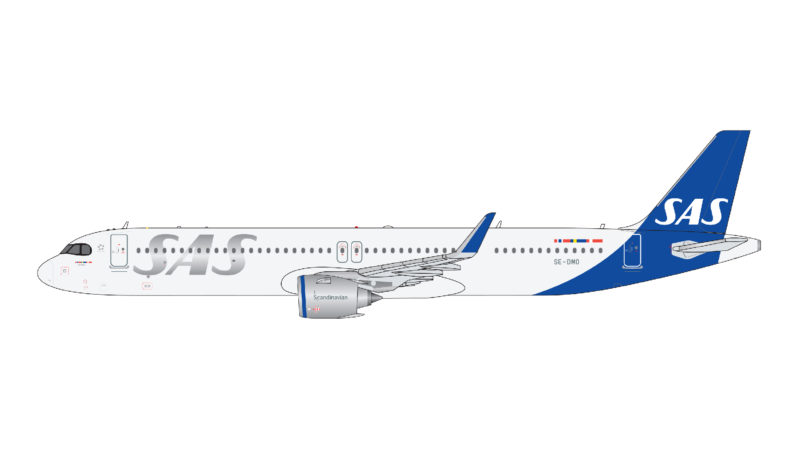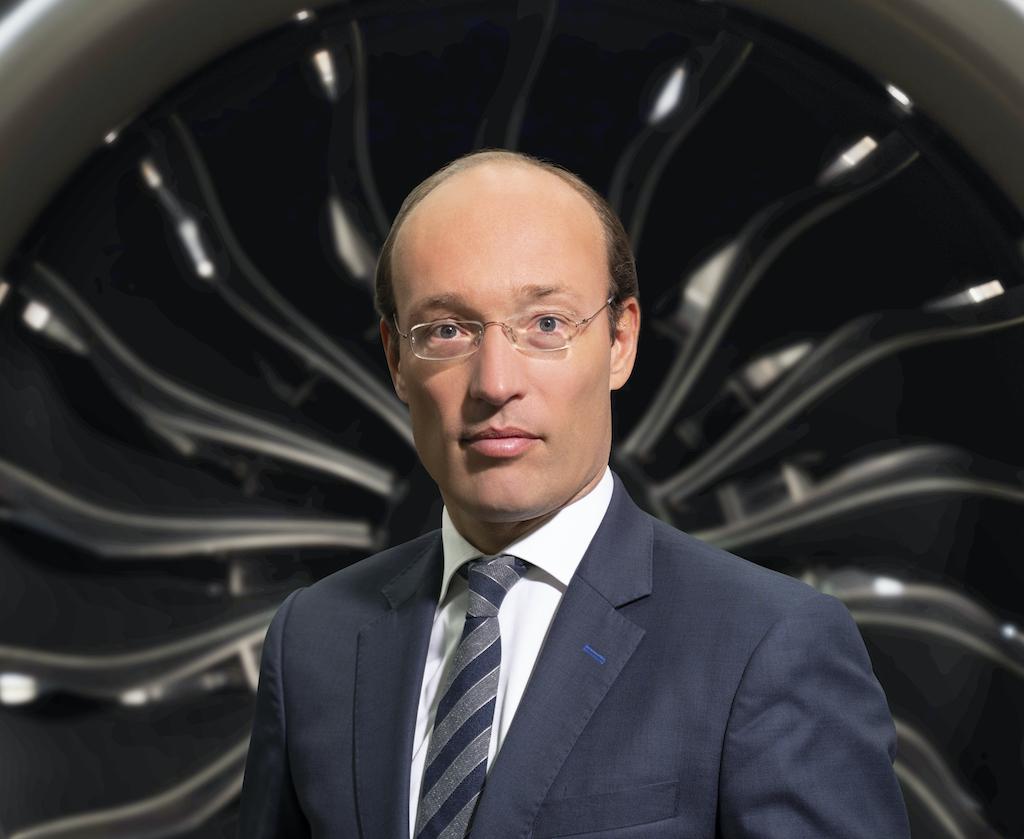I had the chance to be in contact with SAS President and CEO Anko van der Werff during the latest first-quarter financial call. The carrier reported a SEK 2.5 billion ($238.5 million) pre-tax loss for its first quarter ended Jan. 31, a small improvement from its SEK 2.6 billion loss for the same period a year prior.
The carrier has a conservative approach to the summer program and rules out a return to its full Asia program as it will be not possible to fly over Russian airspace.
A Conservative Approach on Summer 2023
Anko said, that the carrier prepare for a healthy summer in 2023 and will add 20 new routes. “This means that we will have a total of more than 5.000 weekly flights to over 100 destinations this summer“. The new summer program includes more than 200 routes. Reflecting to the recent news from Lufthansa, which plans to reduce 34.000 flights to stabilize summer 2023 operations, SAS is following a different process. “We are more conservative with the planning for the forthcoming summer. We take the other approach and add more capacity if necessary“. Van der Werff said, the entire fleet is manned for the summer operations. It is a very different playing field this year, and will be far more under control, thanks to a more conservative approach, he said.

Long Term problem: Closed Russian Airspace
Asked by CEO Talks, in terms of long haul operations and what the closed Russian and Ukrainian airspace means for SAS Asian operations, the CEO said, “Let me say this is the first anniversary of the war in Ukraine, and it is terrible to see still what’s going on. It is also clear to see by now this will be not over in the next few weeks or months“. Anko outlines to me, that the carrier is constantly accessing what that means for SAS. “That's in prior a worse situation compared over the central European competitors (for SAS), that’s requiring the extra time that they have towards Asia is at least shorter compared that we have“. He made also it clear, a comeback of its full Asia network is unlikely. “At least for that year we are not gone back to that many Asian destinations that we flew prior to the pandemic and I have to see a structural solution to the Russian-Ukrainian war before we are able to do that“, he said.
“You have seen us rejecting the wide-body aircraft“, he added. He believes that over time SAS can absorb (the missing Asian routes) and grow to the U.S for instance. “But in order to Asia to really go back, then you need Russian overflying to open up again“, van der Werff added.
Aalborg - New York by A321LR
Related to that, SAS launches new Aalborg - New York services in April, operating Airbus A321LR. The carrier also re-launched Copenhagen - New York JFK services, which have been operated back since the 1980s and become a daily service during summer.

As of January 31, SAS operates 129 aircraft, of which 28 are under wet-lease contracts. Four Boeing 737-800 undergoing phase-out process.
SAS has a total of 31 aircraft on order. 13 Airbus A320neo and five Embraer E195-100 for SAS Link are expected for delivery this year. In 2024, seven A320neo and two A350-900s are scheduled, as well as four A320neo in 2025.
During Q1, the carrier took delivery of two A320neo. “We are one of the biggest operators of this type“, CFO Erno Hildén mentioned. Two A320neo are funded by competitive sale and lease contracts.
Q1 also demonstrated to come back to pre-pandemic levels for SAS. The total number of passengers grew by 48% compared to the same period last year, van der Werff said.
The load factor reached 69.3%, which was at pre-pandemic levels of 69.5% for the first quarter of FY2020. At the same time, currency-adjusted passenger yield increased by almost seven percent compared to the first quarter of 2022.
On January 13, SAS concluded its lessor negotiations as part of the chapter 11 process. SAS reached agreements with a total of 15 lessors, representing 59 aircraft. Through the amended lease agreements, SAS expects to achieve its targeted annual cost savings of at least SEK1 billion in reduced aircraft lease expenses and annual cash flow items relating to aircraft financing.
SAS restructuring program „Forward“, which was launched the same quarter a year ago, in February 2022, targeted 7.5 billion annual cost savings by fiscal 2026. “We have a journey for us. And we are making progress“, van der Werff said. The carrier also expects completion of the chapter 11 process in the 2nd half of 2023.
Looking ahead, van de Werff said, the economic uncertainty is still a headline, but a strong recovery in passenger demand is expected to continue


